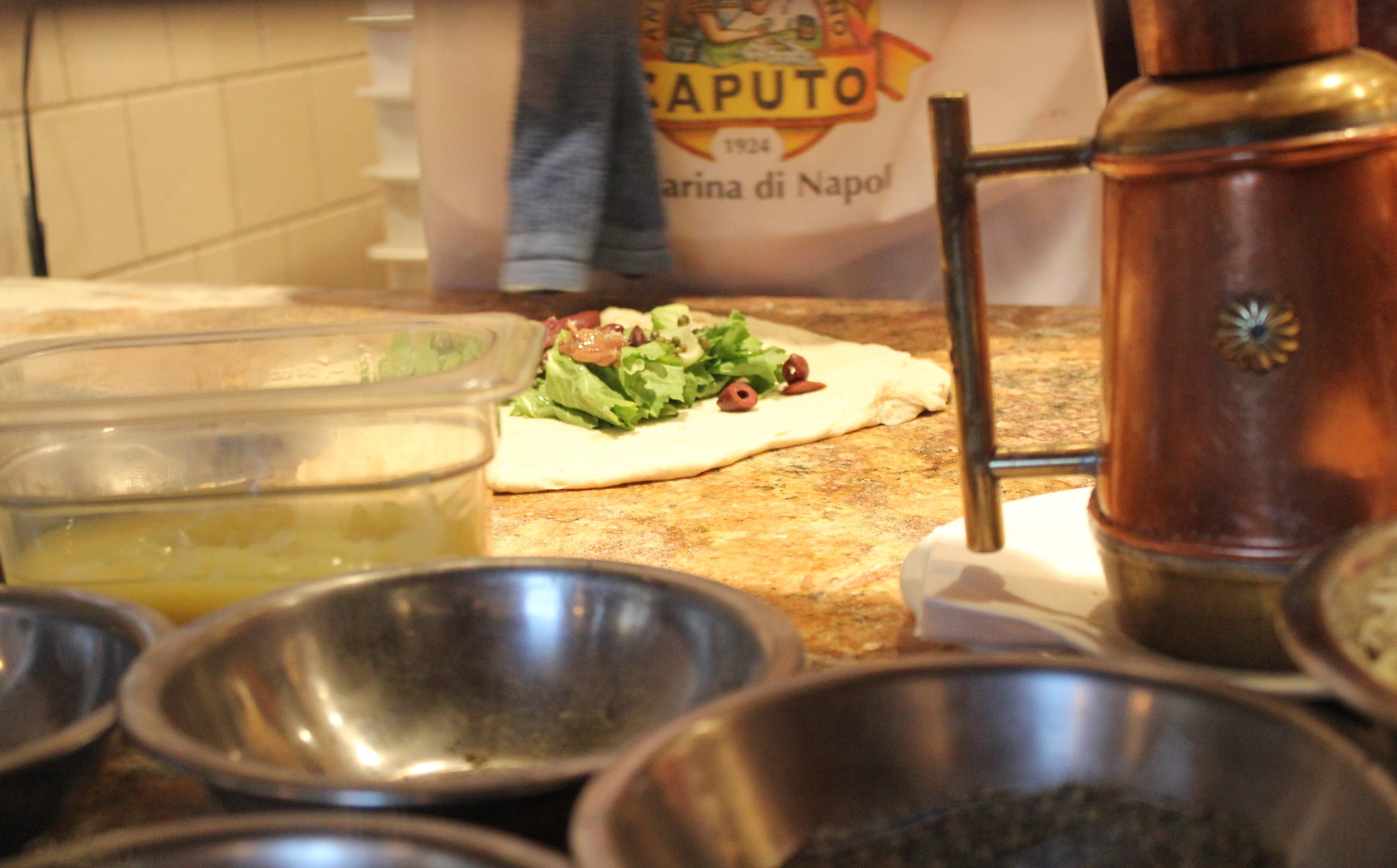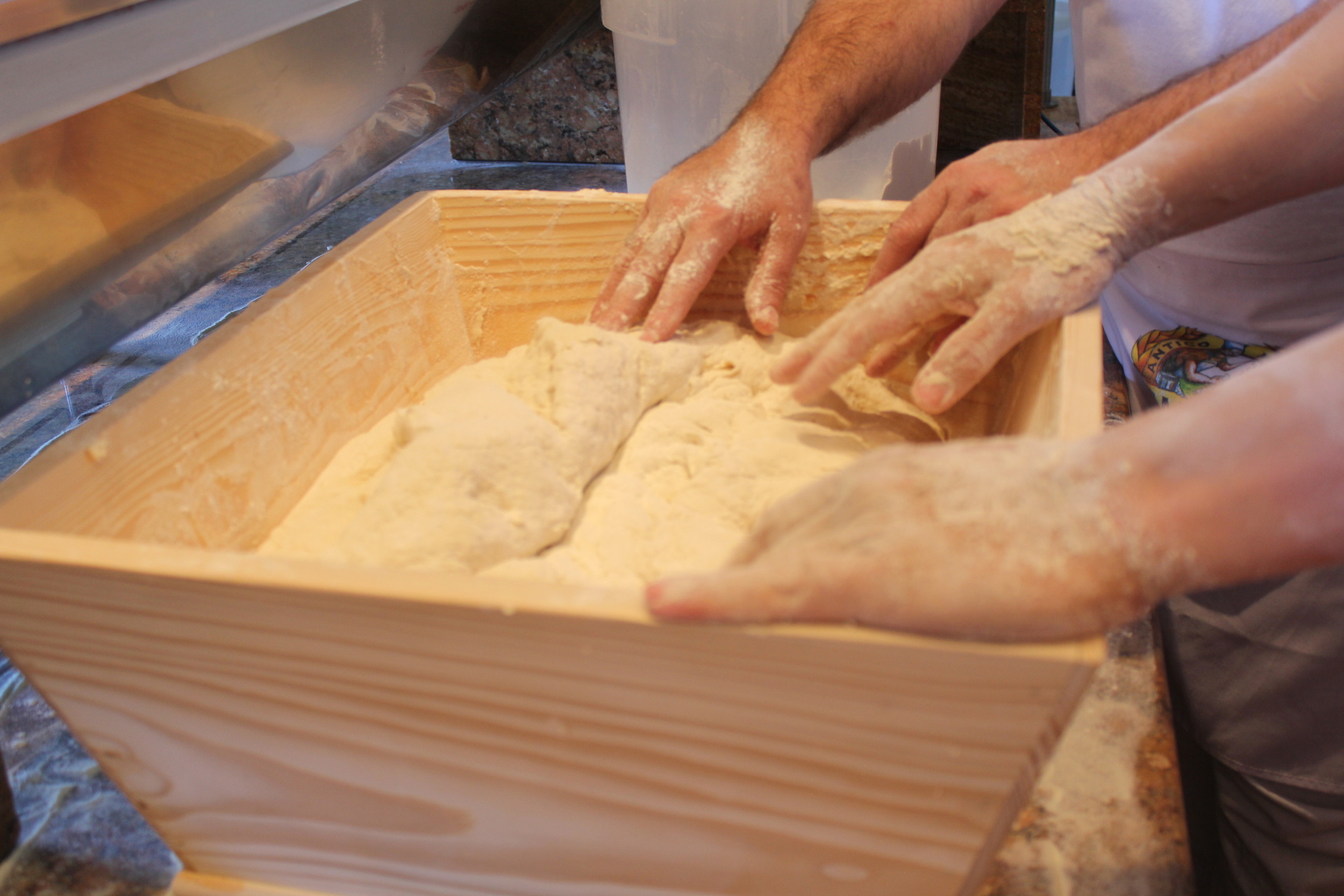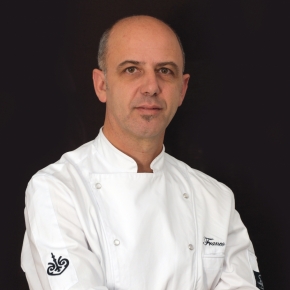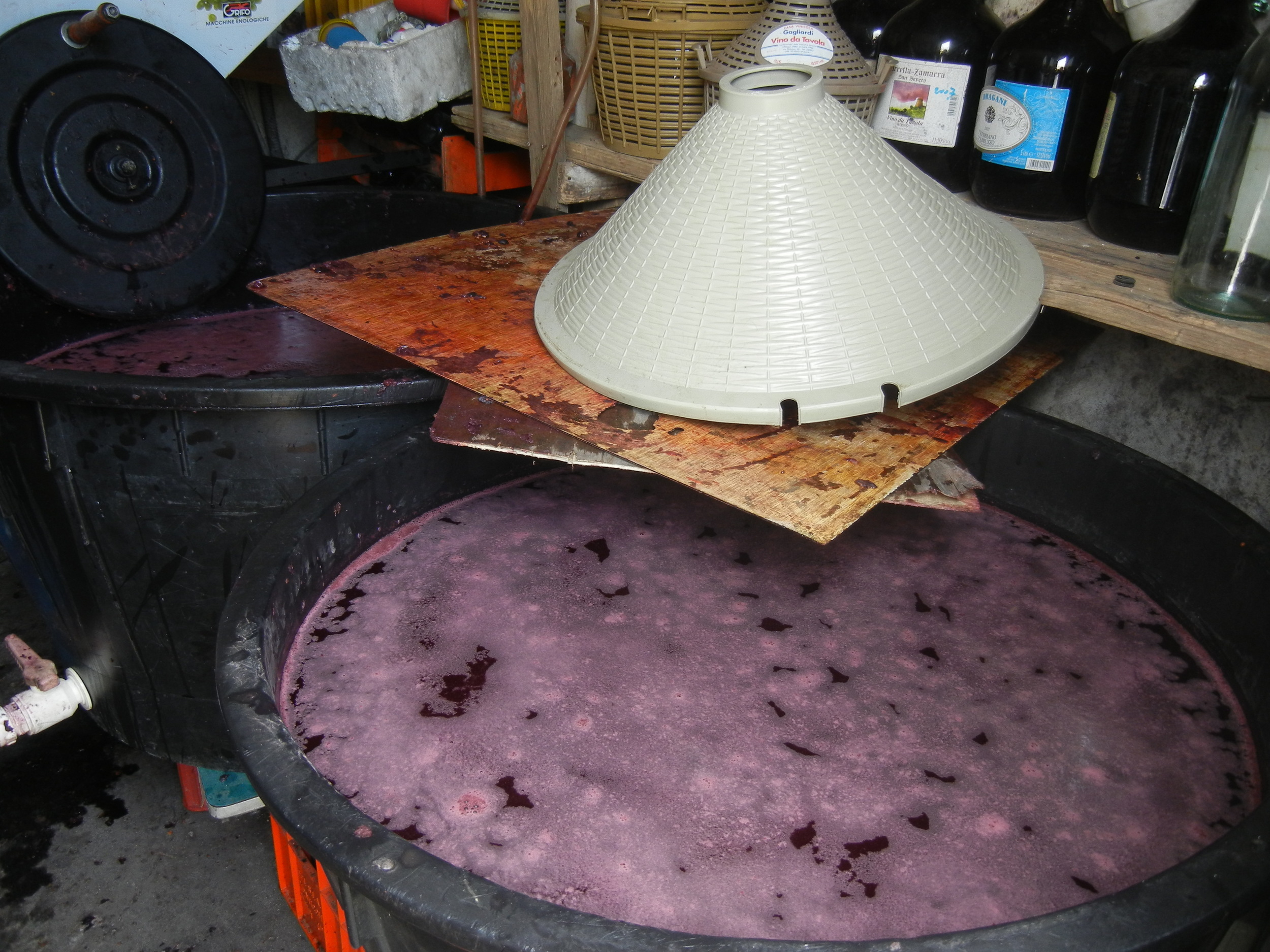Thank you to everyone who came to Spacca Napoli while Franco Pepe was in residence.
We had a great response to his wonderful stay at the pizzeria. His work with us, and presenting together at the Pizza Expo in Las Vegas is inspiring more ongoing local, national and international discussions around dough making, which I continue to participate in and am passionate about.
Of Franco’s wonderful dishes made while at Spacca, Mast’ Nicola was the first pie presented. It is a pizza with ingredients typical of the 15th century, predating the use of tomato and mozzarella in Italy. Using sugna (back fat), black pepper, basil and conciato romano, an ancient sheep’s milk pecorino cheese from Le Campestre, Mast’ Nicola was a great beginning.
Second was a calzone with fresh escarole, black olives (from Franco’s home town of Caiazzo), and anchovies.
As most of Italy is closely bounded by water, this simple combination celebrates the harmony between land and sea.
“La Bandiera” was the third pie introduced. “La Bandiera” references the Italian flag: smoked mozzarella topped with basil (green); bufala mozzarella (white); crushed tomato with oregano and oil (red). An homage choice by Franco, it is a pie that was made by his father.
Pizze fritte and a rich, velvety Zuppa Forte were also on the menu. The fried pizza was topped with a simple sugo and the conciato romano. Zuppa Forte is a known specialty at Franco’s Antica Osteria Pizzeria Pepe. Tomato, trippa (tripe), guancialle, beef heart, veal, aglianico wine, bay leaves and a touch of pepperoncino make the soup. Pulmone (beef lung) is part of the recipe but is difficult to procure in the U.S. or in Italy.
On to the Pizza Expo, where Franco was art and history in motion. He used proofing boxes made of beech and a special vessel (una madia) to mix the flour, water, salt, and yeast. For three days we worked side by side. Though I was more witness than assistant, I feel we were on equal footing in that my quest to always improve my pizza reflects a similar passion to Franco’s. Since returning I have been arriving earlier than usual to Spacca to experiment with a longer double rise. I am introducing small percentages of other flours into the mix with my beloved Molino Caputo double zero blue, and am working to incorporate a lievito madre along with our fresh baker’s yeast. (Does Practice Make Perfect? By John Arena)
Overall, Franco’s passionate presentation in Las Vegas at the Pizza Expo was a big success. The audience was greatly moved by his family’s history, the story of three generations, and his commitment to protecting and maintaining a great tradition. His understanding of history and technical expertise is impressive, and his commitment to local ingredients, fellow artisans, and farmers is admirable.
Together we marveled to think how our chance encounter nearly two years ago in Caiazzo led to my bringing Franco to America so he could share his way of being and thinking about pizza, craft and culture—all of which will help keep it from fading away.
In recent years there has been a shift with Molino Caputo (the makers of our flour) at the Pizza Expo. There is now a younger generation of pizzaiuoli from Italy working alongside celebrated masters such as Antonio Starita and Adolfo Marletta.
There is a great sense of honor for the young Italians selected to come to Las Vegas by the Caputo family. In the past eight to ten years Caputo has brought only the most revered pizza makers from Italy to represent their product at this show. The recent shift to bringing younger up and coming artisans reflects a passing of the torch in Naples from one generation to the next.
Hopefully, there will always be members of the older generation present, thus perpetuating the wonderful balance between past and future as evidenced by Franco Pepe. Forza l’impasto!



































